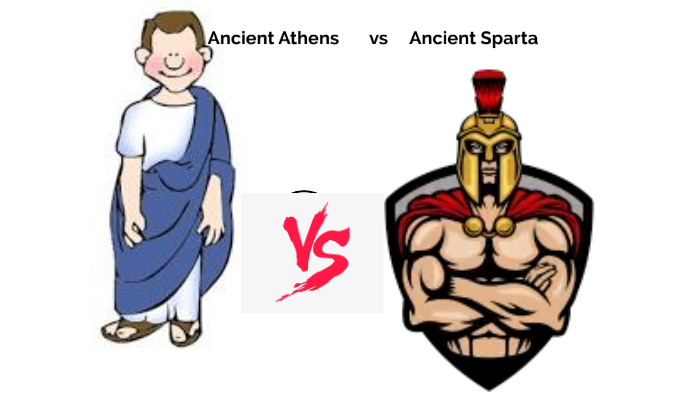
Although they were a part of the Greek Civilization, the city-states of Athens and Sparta differed from each other in many ways. Elaborate upon the social differences between Athens and Sparta with special emphasis on the following: slaves in Athens and helots in Sparta, the education system, the position of women.
Athens and Sparta were two of the most prominent city-states of ancient Greece. Despite sharing common cultural and linguistic roots, they had significant differences in their social structures.
One major difference between Athens and Sparta was the treatment of slaves and helots. In Athens, slavery was an integral part of the economy, and slaves were used for a variety of tasks, including household chores, farming, and mining. However, some slaves were also employed in skilled professions such as teaching or medicine. In contrast, Sparta relied on a system of helotry, which was a form of serfdom. Helots were owned by the state and were forced to work the land for their Spartan masters. Helots were considered to be a lower class than slaves in Athens, as they had fewer rights and were subject to harsher treatment (Cartwright, 2018).
Another significant difference between Athens and Sparta was their education system. In Athens, education was primarily focused on developing the intellectual abilities of young men. Boys received a well-rounded education that included reading, writing, mathematics, music, and physical education. Girls, on the other hand, received little formal education and were primarily taught domestic skills such as weaving and cooking. In contrast, Spartan education was focused on developing physical strength and military skills. Boys were trained from a young age in combat techniques and were expected to become soldiers. Girls also received physical training and were encouraged to be strong and healthy (Garland, 2020).
The position of women in Athens and Sparta also differed significantly. In Athens, women had limited rights and were not allowed to participate in politics or public life. They were expected to stay at home and manage the household while their husbands worked outside the home. Spartan women had more freedom and were encouraged to participate in physical activities and sports. They also had more rights than Athenian women and could inherit property from their fathers (Teachers’ Curriculum Institute, n.d.).
In conclusion, the city-states of Athens and Sparta had significant social differences. While Athens relied on a system of slavery and focused on intellectual education, Sparta relied on helotry and emphasized physical training for military purposes. The position of women was also different in each city-state, with Spartan women having more freedom and rights than Athenian women.
References
Cartwright, M. (2018, May 15). Ancient Greek society. In World History Encyclopedia. Retrieved from https://www.worldhistory.org/article/483/ancient-greek-society/
Garland, R. (2020, August 6). The education system in Ancient Greece. Wondrium Daily. Retrieved from https://www.wondriumdaily.com/the-education-system-in-ancient-greece/
Teachers’ Curriculum Institute. (n.d.). Chapter 27 – Life in Two City-States: Athens and Sparta. Retrieved from https://www.neshaminy.org/cms/lib6/PA01000466/Centricity/Domain/439/Chapter%2027%20-%20Life%20in%20Two%20City-States%20Athens%20and%20Sparta%20FULL%20TEXT%20with%20pictures.pdf
